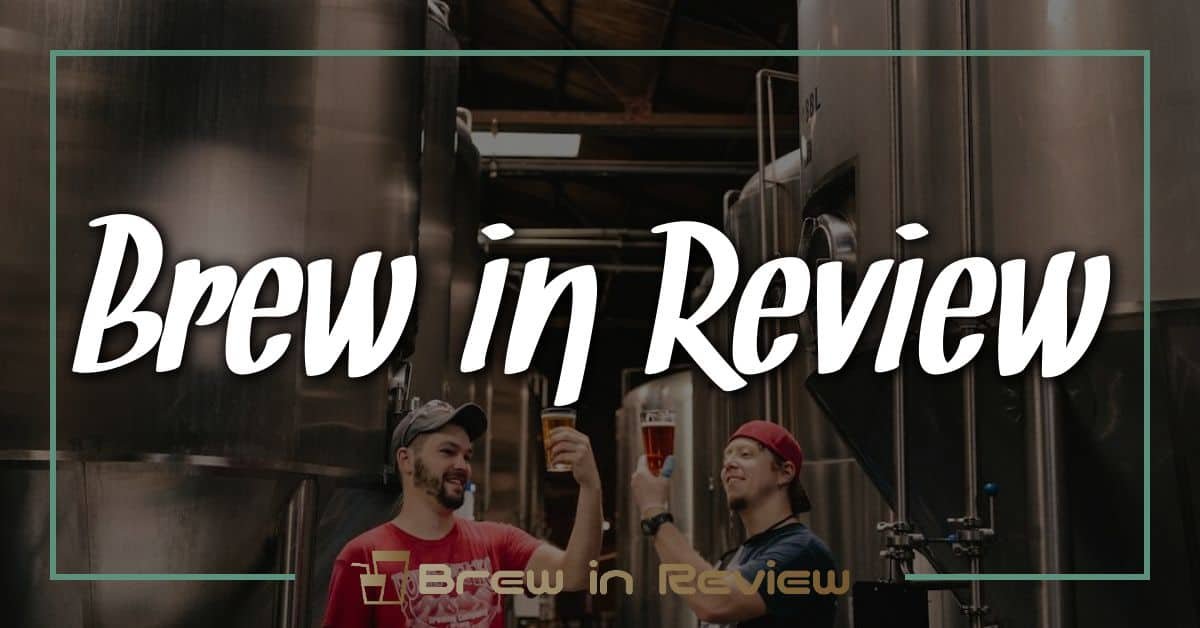Starting a brewery is an exciting adventure, but it can also be overwhelming. With so many moving parts, having a solid business plan is crucial to turning your dream into a successful reality. A well-crafted plan not only helps you stay organized but also attracts investors and guides your decisions as you navigate the brewing landscape.
In this article, I’ll walk you through the key steps to creating an effective brewery business plan. From understanding your market to outlining your financial projections, I’ll share insights that can help you build a roadmap for success. Whether you’re a seasoned brewer or just getting started, these steps will set you on the right path to brewing greatness.
Understanding Brewery Business Plans
Creating a brewery business plan requires clarity and detailed planning. I find that these plans serve as roadmaps for success in the brewing world.
Importance of a Solid Business Plan
A strong business plan lays the foundation for a brewery’s growth, making it vital for both new and experienced brewers. It organizes thoughts, clarifies goals, and outlines the vision. It also attracts investors by demonstrating the potential for profit and sustainability. When I worked on mine, I noticed how it forced me to address potential challenges and craft effective solutions. Ultimately, a solid plan can streamline decision-making and ensure every aspect of the brewery aligns with its objectives.

Key Components of a Brewery Business Plan
Several key components form the backbone of any brewery business plan:
- Executive Summary: Summarizes the plan’s key points. This concise section captures interest and sets the tone for the details to follow.
- Company Description: Describes the brewery. It covers the type of brewery, location, and vision, helping readers understand what makes it unique.
- Market Analysis: Explores the brewing industry landscape. It identifies target customers, market trends, and competitors, providing insight into potential demand.
- Marketing Strategy: Outlines how the brewery will attract and retain customers. It should detail branding, promotional activities, and distribution channels.
- Operations Plan: Explains daily operations. This part includes details on brewing processes, staffing needs, and supply chain management.
- Financial Projections: Projects profits, losses, and cash flow. It should include start-up costs, break-even analysis, and sales forecasts, offering a glimpse into financial viability.
- Appendices: Contains additional supporting documents. This section may hold resumes, permits, and technical information that enhance the main content.
Each component plays a crucial role in crafting a successful brewery. By thoughtfully addressing these elements, I set my business up for sustainable growth and success in an industry I’m passionate about.
Market Research for Your Brewery
Conducting thorough market research is vital for the success of your brewery. Understanding the landscape helps in crafting strategies that resonate with your audience, ensuring you’re on the right track from day one.
Analyzing Industry Trends
Study current industry trends to recognize what’s thriving. Examine statistics from reputable sources such as the Brewers Association which tracks growth rates, consumer preferences, and emerging styles. Note that craft beer sales showed a 5% increase in 2022, highlighting a continuous shift towards smaller, independent breweries. Identify popular brewing techniques or ingredients, such as hazy IPAs or sour beers, to capitalize on market demands. Keeping up with trade publications and attending industry events provides insights into evolving consumer tastes and preferences.
Identifying Your Target Audience
Define your target audience to fine-tune your marketing efforts. Consider demographics like age, income, and location to tailor your offerings. For example, millennials, aged 25-40, often favor craft beer experiences over traditional brands. Use surveys or social media polls to gather direct feedback, allowing you to understand preferences for flavors, styles, and brewing methods. Recognizing that local communities have unique tastes can inform your product lineup and branding strategies, helping you connect meaningfully with your customers.
Crafting Your Business Model
Crafting a solid business model is crucial for my brewery’s success. It outlines how I’ll create, deliver, and capture value in the brewing industry.
Choosing the Right Brewing Approach
Choosing the right brewing approach significantly influences my brewery’s identity. I must determine whether to focus on traditional methods or experiment with innovative techniques. For instance, I can opt for small-batch artisanal brewing or embrace larger scale production to meet rising demand. Factors like local tastes, available ingredients, and production capacity shape this decision. I often consider integrating diverse beer styles, such as IPAs, stouts, and sours, to appeal to a broader audience. Fostering unique flavors can differentiate my brewery in a competitive market.
Exploring Distribution Channels
Exploring distribution channels is vital for reaching my target audience. Options include direct-to-consumer sales, local bars, restaurants, and regional distributors. Establishing a solid presence in local markets enhances brand visibility. I focus on building relationships with local businesses to tap into their customer base. Online sales can also expand my reach, attracting customers beyond my immediate area. Hosting events and tastings can create buzz and foster community ties. Each chosen distribution channel should align with my overall business objectives, maximizing both accessibility and brand recognition.
Financial Planning and Projections
Financial planning and projections form the backbone of a brewery business plan. Clear estimates and forecasts help shape decisions, attract investors, and set realistic goals.
Estimating Startup Costs
Estimating startup costs requires a detailed analysis of all initial expenses. I consider equipment, such as fermenters, kettles, and kegs; materials like hops, barley, and yeast; and necessary licenses and permits. The total startup costs can easily reach $250,000 or more, depending on the brewery’s scale. I also account for lease agreements, renovations, and utilities to ensure comprehensive financial planning. Creating a checklist helps in tracking these costs closely, allowing for more accurate budgeting and avoiding unexpected expenses.
Creating Revenue Forecasts
Creating revenue forecasts involves examining market trends and potential sales channels. I review local craft beer consumption trends, which showed a 5% industry growth last year. I typically project sales based on factors like production capacity and pricing strategy. For example, if my brewery produces 1,000 barrels annually, selling at an average price of $200 per barrel generates potential revenue of $200,000. I also factor in seasonal fluctuations; knowing summer sales usually outpace winter helps in making sound financial predictions. Establishing diverse revenue streams, such as taproom sales, merchandise, and distribution agreements, further stabilizes forecasts and enhances profitability.
Marketing Strategies for Breweries
Marketing strategies play a crucial role in the success of a brewery. They help create brand awareness and establish a loyal customer base, driving growth in a competitive industry.
Building Your Brand
Building a strong brand starts with defining your brewery’s unique identity. I focus on crafting a story that resonates with customers, whether it’s rooted in local history, unique recipes, or sustainability practices. Designing eye-catching labels and packaging captures attention on shelves and online. I also ensure consistency across social media platforms, website, and merchandise to strengthen brand recognition. Engaging with the local community through events and sponsorships fosters goodwill and generates word-of-mouth referrals, which can significantly boost visibility.
Effective Promotion Tactics
Employing effective promotion tactics amplifies your brewery’s reach. I leverage social media platforms like Instagram and Facebook to showcase new brews, behind-the-scenes content, and upcoming events. Collaboration with local businesses can yield cross-promotional opportunities, such as hosting tap takeovers with neighboring bars or partnering with food trucks. Offering brewery tours and tastings provides customers with memorable experiences, encouraging them to share their visits online. Special promotions, such as loyalty programs or seasonal releases, create excitement and incentivize repeat visits. Using email marketing to share news and exclusive offers also keeps customers informed and engaged.
Conclusion
Starting a brewery is an exciting journey filled with potential. By following the key steps outlined in my business plan, I can set myself up for success. Each element plays a vital role in shaping my vision and guiding my decisions.
From understanding the market to crafting a strong brand identity, every detail counts. I’m reminded that building relationships within the community and engaging with customers can make all the difference. With careful planning and a passion for brewing, I’m ready to turn my dream into a thriving reality. Cheers to the adventure ahead!




